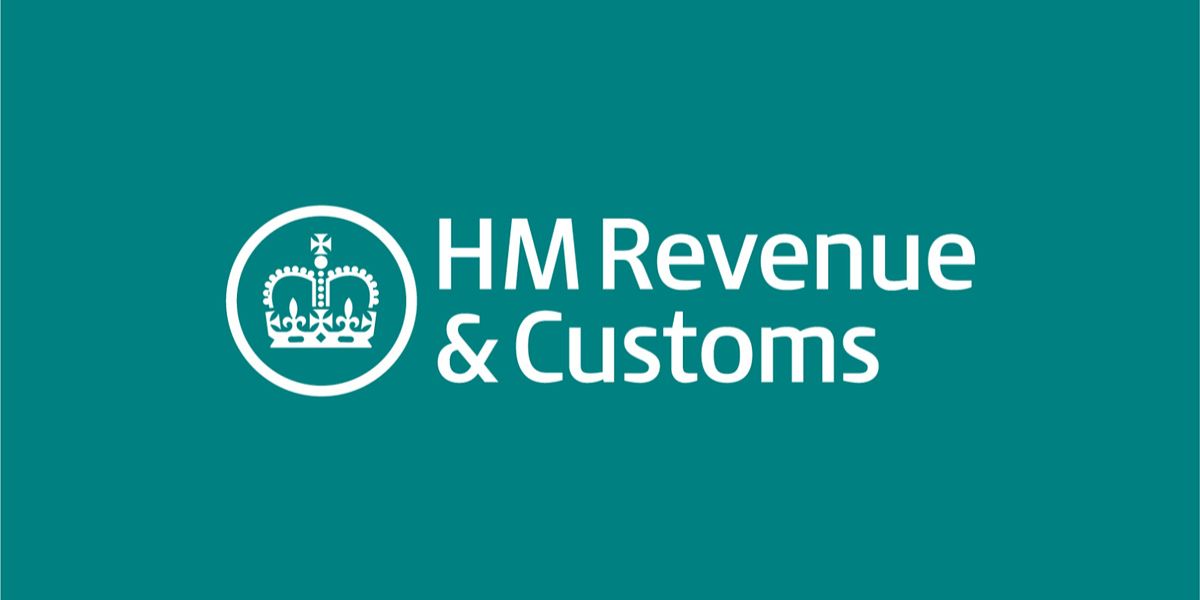The UK budget announcements on 27 October 2021 proposed that legislation would be included in the Finance Bill 2021/22 to set up a new tax regime for qualifying asset holding companies (QAHCs).
This change is part of a broader review of the UK funds regime, looking at possible reforms that could benefit the financial sector. The changes would affect circumstances where intermediate holding companies are used to facilitate the flow of capital, income and gains between investors and underlying investments. The aim is to ensure that investors are taxed generally in the same way as they would be taxed if they invested in the underlying assets; and that the intermediate holding companies pay an amount of tax that is proportionate to their activities.
A QAHC must be at least 70% owned by diversely owned funds, or by certain institutional investors. The entity must mainly be engaged in investment activity, with no more than insubstantial ancillary trading.
The new regime would still be based on the current tax rules, but with some modifications. Under the regime there would be an exemption for gains on the disposal by a QAHC of certain shares and overseas property. There would also be an exemption for profits of an overseas property business of a QAHC, if those profits are subject to tax in an overseas jurisdiction. The associated profits arising from loan relationships and derivative contracts would also be exempt.
Deductions would be allowed for certain interest payments that would usually be disallowed as distributions.
The late paid interest rules would not apply in certain situations, so interest payments could be deducted in the QAHC on an accruals basis rather than the paid basis. Similarly the deeply discounted securities rules for corporates would be switched off in certain situations, to allow the discount arising on this type of security issued by the QAHC to be relieved on the accruals basis rather than the paid basis. The obligation to deduct income tax at the basic rate on payments of interest would not apply to the QAHC.
The transfer pricing exemption for small and medium-sized enterprises would be disapplied for the QAHC, and the participation condition would be adjusted to ensure that the transfer pricing rules could be applied appropriately.
Other features of the asset holding company regime include the following:
• Premiums paid when a QAHC repurchases its share capital from an individual could be treated as a capital distribution rather than an income distribution.
• Certain amounts paid to qualifying remittance basis users by a QAHC could be treated as non-UK source, reflecting the underlying mix of UK and overseas income and gains.
• Repurchases by a QAHC of share and loan capital which it previously issued would be exempted from Stamp Duty and Stamp Duty Reserve Tax (SDRT).
There would be entry and exit provisions, including rebasing of certain assets, and the creation of a new accounting period when a company enters or exits the asset holding company regime. There would also be administrative and anti-avoidance provisions.
The new regime will take effect from 1 April 2022.















